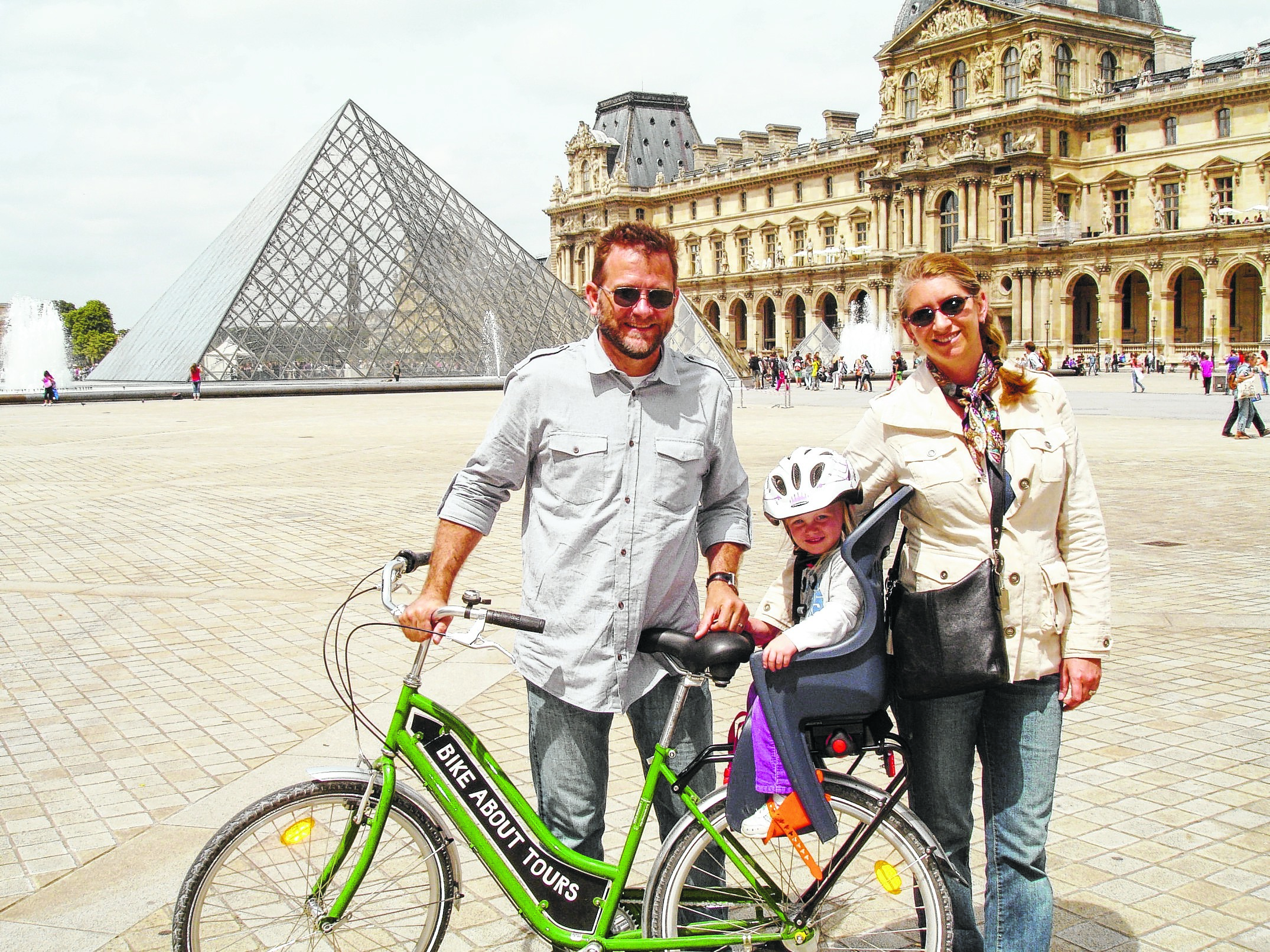Most people go to France to see the iconic manmade structures: the Eiffel Tower, Louvre, Notre Dame and Versailles. North Chattanooga resident Brian Fahey and his family went to see the traces of the men who preceded all that.
He spent part of the summer in France and the Netherlands learning about how human interaction can alter an environment through a Public Education Foundation-administered Fund for Teachers Grant.
"In Bordeaux [in the] south of France it's one of the biggest areas on the planet for prehistoric sites," said Fahey, a seventh-grade geography teacher at Normal Park Museum Magnet School. "That's a big reason we looked at how humans have adapted geography to them. It's all about human interaction."
The Faheys then traveled east of Bordeaux to the caves of Lascaux to view some of the oldest cave paintings known to man.
"It has amazing paintings of bulls and bears painted by hand," said Fahey. "It's so large but spatially correct. People painted it exact. The cave is a replica because they closed the original cave adjacent to it for scientific study."
The next unique area they visited was in Laroque St. Christophe, home to the oldest cave dwellings on the planet, according to Fahey. Looking up, the Fahey family could see cave dwellings 60 to 80 feet above them on the side of a cliff where the French hid from Vikings so that they could not steal from the town. They made their homes in caves, but the fronts were designed to look like houses. The area features a replica of the human-sized hamster-type wheel used to raise up supplies and livestock to the cave dwellings. The unique village housed 1,000 people but is simply a tourist attraction today.
Fahey said the caves are an example of people taking what nature gave them and turning it into a safe haven away from harm, much like how Amsterdam was created.
"Amsterdam is a prime example of human environment interaction," said Fahey. "Almost 40 percent of the Netherlands is below sea level and was reclaimed land by the people. The airport is 20 feet below sea level. It all started out with a dam on a river and grew to become Amsterdam."
A more modern example of this concept is an underpass in Amsterdam that's been transformed into an indoor playground called Tun Fun.
"I will show my students the different examples of people interacting with their environment from pre-history to current day," said Fahey. "In the second quarter when we study Europe, each student will work in groups to select a country to write a travel guide about. My trip could help them with that project."
He said as an educator he strives to be an "edu-tainer" to keep students interested in learning.
"Being submerged in a culture is so nice," said Fahey. "It fits into geography so well. Travel is one of the best educators. So many kids have never left Chattanooga or this region. To get them to ask questions and wonder is a big part of learning."
He said he tries to mix in video clips and photos in class to give students a firsthand experience. He will show his own European experience to them through media.
"Every teacher should apply for the Fund for Teachers Grant," Fahey said. "There is something to be found everywhere in the world to help a teacher do their job better."
